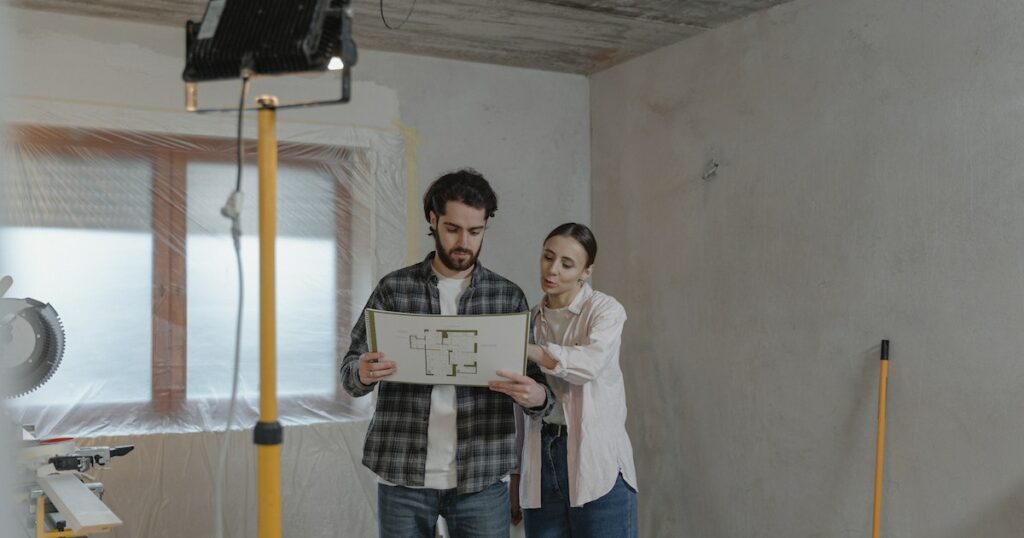Learn This Guide About Home Improvement Loans

Cash-Out Refinance
A cash-out refinance allows you to access the equity in your house to pay for various home renovation projects or ambitions. Consider the following: While carrying a mortgage, you accumulate equity in your property over time, and this equity tends to get over time, as it grows with each mortgage payment you make. You can use a cash-out refinance to leverage the value you’ve developed in your property to earn cash in exchange for taking on a larger mortgage that replaces the initial mortgage you received.
For example, suppose you have $75,000 in equity in your property but still owe $100,000. You intend to spend $20,000 on renovations. Use a cash-out refinance to take $20,000 out of your home’s equity and refinance to a new mortgage with a $120,000 balance.
Cash-out refinancing frequently has the lowest interest rate of any home renovation loan. You may also be eligible for an income tax deduction if you utilize your loan to repair your home. Cash-out refinancing may be a viable alternative if you want to finance desired home upgrades without adding a separate monthly payment to your budget.
Home Equity Loan
A home equity loan is another choice if you want to fund home repair improvements. This type of home repair financing is sometimes known as a second mortgage. Simply put, a home equity loan allows you to tap into the equity you’ve built up in your house over time by utilizing it as collateral for a new loan rather than refinancing your present loan.
A home equity loan may be the best option for those who have amassed a significant amount of equity in their residences. However, remember that these home repair loans are frequently connected with higher interest rates. A home equity loan will also add another monthly payment to your budget. Keep this in mind before proceeding with this choice.
Home Equity Line Of Credit (HELOC)
A home equity line of credit, or HELOC, allows homeowners to borrow money against the equity they’ve built up in their real estate assets. You can use it to support various home repairs and upgrades like other home improvement loans.
When you take out a home equity line of credit, you essentially take out a second mortgage. If you want to get a HELOC, you’ll apply to use the equity in your property. If you are authorized, you will be given a draw time (10 years, for example), during which you can withdraw funds as needed.
At the end of the draw period, you will enter the HELOC repayment term, during which you will be obliged to make monthly payments. When you accept a secured line of credit, you are attaching a second mortgage on your property and putting your house at risk if you cannot keep up with monthly payments.
Remember, no one says you must spend all or even some of the money from a HELOC. The beauty of acquiring a line of credit like this is that you only have to use it when necessary.
A HELOC could be a smart alternative for a home improvement project with an undetermined budget. If you discover that your expenditures are rising or that materials are becoming more expensive than expected, you can borrow the funds needed to complete your home renovation project.
However, you do not need to borrow any funds if you can fund the project out of pocket. This allows you to avoid debt and paying interest on “leftover” monies.


